Repertoire
Rose
Philip Henslowe, who owned the Rose, kept a diary of costs and takings. His accounts for the Rose for 1594 reveal that approximately 34 different plays were performed in that single year with a total of 232 performances.
Five plays were only performed once (King Lear, Hamlet, Taming of the Shrew, Mack, Seleo and Olympio). It is tempting to think that the first three in this list were Shakespeare’s plays. Likely only Taming of the Shrew is the version by Shakespeare. Seleo and Olympio, by an unkown author, had only just been introduced at the end of this period. Most plays performed at the Rose were more popular plays, being performed between two and 17 times in this window alone. Several were good earners in earlier and later years as well.
Note that playwrights are unknown for almost all; few of these scripts remain, beyond Marlowe’s (in red). Some of the plays in the list share titles with famous plays written by Shakespeare.
Queen’s
The AusStage database records events at The Queen’s Theatre in Adelaide.
The repertoire for the first year of the Queen’s (January 1841 to February 1842): no evening’s program is repeated exactly. There are 68 different plays/pieces, 19 had two performances, 2 had 3 performances, and 1 had 4 performances. Rarely is the author recorded. Many are lost and almost all would have been short. The titles suggest that many are farces. Some are identified as melodramas or burlettas.
A typical evening would have at least two plays/pieces, and sometimes three. There could be dances or songs to augment the evening as well. 48 evenings of performance are outlined here. In addition, there would have been variety entertainment evenings for the benefit of specific actors or the entertainment of specific groups (eg Masons on 16 August 1841)
Ibsen Repertoire at Komediehuset
Twenty-three of the twenty-six plays written by Ibsen were performed on the stage of Komediehuset between 1853 and 1928. Many of them had multiple production. Ibsenstage holds a full record of these performances with the casts.
Production photograph from Komediehuset perfomance of Feast at Solhaug, 1928. Courtesy of The Theatre Archives, Section for Special Collections, Bergen University Library.
Feast at Solhaug, 1928 – re-mouting of original production to commemorate the centenary of Ibsen’s birth.
Production photograph from Komediehuset perfomance of Pillars of Society, 1901. Courtesy of The Theatre Archives, Section for Special Collections, Bergen University Library.
Production photograph from Komediehuset perfomance of Ghosts, 1890. Courtesy of The Theatre Archives, Section for Special Collections, Bergen University Library.
Ghosts, 1890 – first performance of play on a Norwegian stage with Norwegian actors
All the manuscripts of Ibsen’s plays can be accessed at Henrik Ibsens Skrifter.
粤剧Yueju
The AusStage database records Chinese opera events in Australia.
Lee Goon’s tent theatre performance, Melbourne, 1872. Samuel Calvert and Oswald Rose Campbell, ‘Chinese Theatricals in Melbourne’, State Library Victoria.
The Eighteen Scripts of the Underworld
Researchers on traditional Cantonese opera often refer to various “eighteen scripts of the underworld” (jianghu shiba ben 江湖十八本). The eighteen scripts circulating in the Pearl River Delta region up to the mid-1860s were probably the earliest set of the eighteen-play repertoire.
Mak Siu Ha (麦啸霞 1904-1941), a respected Cantonese opera practitioner and scholar, has offered their versions of the eighteen scripts (1940; see also Liang and Deng 1981), but there are some discrepancies and missing plays. In addition, Huang Wei maintains that the number “eighteen” could have been referring to a collection of ten plays instead of eighteen plays, because the discrepancies are always in the last eight (2009: 146). This compilation of synopses is based on the various versions of this earliest eighteen-play repertoire.
The title of every play in this series begins with their numbering in the list. Wherever possible, the origin (e.g. author) of the play is given. Some of the plays have multiple names (e.g. number 10) while several of the numbers are presented with more than one play (e.g. number 5).
《一捧雪》Yi Peng Xue – One Handful of Snow – A play written by Li Yu (1610s-1681?)
《二度梅》Er Du Mei – Two Times of Plum Blossom – A classical play in many opera genres
《三官堂》San Guan Tang – Three-God Temple – Based on a famous folk story. The play exists in many traditional opera genres.
《四進士》Si Jin Shi – Four Scholar-Officials – Based on a Peking Opera play with the same name.
a.《五台山》Wu Tai Shan – Mount Wu (Five) Tai – Mount Wu Tai is based on the story of Lu Zhishen from the classical novel The Water Margin.
b.《五登科》Wu Deng Ke – Five Sons Succeed in Imperial Examinations Based on folklore.a.《六子歸》Liu Zi Gui – The Sixth Son Returns – Based on the stories of the Generals of the Yang Family.
b.《六月雪》Liu Yue Xue – Snow in the Sixth Month of the Year (June) – From a play written by Guan Hanqing, published in 1582.a.《七賢眷》aka 《全家福》Qi Xian Juan – Also known as Quan Jia Fu Seven Good Relatives – Also known as A Family of Good Fortune Traditional Cantonese opera play
b.《七擒孟獲》Qi Qin Meng Huo – Capturing and Releasing Meng Huo Seven Times – From classical novel The Tales of the Three Kingdomsa.《八陣圖》Ba Zhen Tu – The Eight Trigrams / The Eight Elements of Battle Formation – From classical novel The Tales of the Three Kingdoms
b.《八美圖》Ba Mei Tu – Eight Beauties – Traditional Cantonese opera playa.《九更天》Jiu Geng Tian – Dawn / Ma Yi Saves the Master Traditional Cantonese opera play – Also traditionally part of the Peking opera repertoire
b.《九里山》俗误指《九里山》或《九莲灯 Jiu Li Shan – Nine Miles of Mountain Road – Based on the story of Farewell My Concubine.《十奏嚴嵩》 又名《大红袍》Shi Zou Yan Song – Also known as Da Hong Pao Ten Charges of Yan (Yim) Song – Also known as Big Red Robe Traditional Cantonese opera play
《十一輛鐵華車》Shi Yi Liang, Tie Hua Che – Eleven Iron Vehicles – Traditional Cantonese opera play
a.《十二金牌》Shi Er Jin Pai – Twelve Gold Emperor’s Token – Traditional Cantonese opera play
b. 《十二寡婦征西》Shi Er Gua, Fu Zheng Xi – Twelve Widows’ Crusade to the West From a classical novel Tales of the Generals of Yang Familya.《十三童子封王》Shi San Tong, Zi Feng Wang – Thirteen-Year-Old Boy Becoming a Lord – Traditional Cantonese opera play
b. 《十三妹大鬧能仁寺》Shi San Mei, Da Nao Neng, Ren Si – Sister Thirteen Makes a Scene as Neng Ren Temple – Folk storya.《十四國臨潼鬥寶》Shi Si Guo Lin, Tong Dou Bao – Fourteen Hegemonies Showing off Treasures – A play that is part of the repertoire of Zaju (variety play) of the Yuan Dynasty (1279-1368)
b. 《十四載再世姻緣》Shi Si Zai Zai, Shi Yin Yuan – Fourteen years of Marriage in the Next Life (?)《十五貫》Shi Wu Guan – Fifteen Grand of Money – Also in the repertoire of Kun Opera
《十六面銅旗陣》Shi Liu Mian, Tong Qi Zhen – Sixteen Copper Flags Battle Formation – Traditional Cantonese opera play
《十七年馬上王》 Shi Qi Nian, Ma Shang Wang – Seventeen Years of King on the Horseback Traditional Cantonese opera play
《十八路諸侯》Shi Ba Lu Zhu Hou – Eighteen Warlords From The Tales of Three Kingdoms
References
Huang Wei 黄伟 (2009). ‘粤剧源流新探 – – 以 “江湖十八本”为考察对象’ [‘New Exploration on the Origin of Cantonese Opera: A Study of the “Eighteen Scripts of the Underworld”’].学术研究 [Academic Research] 3: 143–60.
Liang Songsheng 梁松生 and Deng Jinxiang 邓金祥 (1981). ‘琼花忆语’ [‘Memories of Qiong Hua’]. In 广州文史资料 [Resources on the Cultural History of Guangzhou]. Guangzhou: Guangdong People’s Publishing House.
Mak Siu Ha 麦啸霞 (1940). 广东戏剧史略 [A Brief History of Guangdong Theatre]. Guangdong: Guangzhou Committee for Opera Reform.
Stardust
The showroom at the Stardust Hotel in Las Vegas presented revue from Le Lido cabaret on the Champs Élysées in Paris. Music, costumes and scenic designs were transferred from Paris to Las Vegas. Different sets were built for each venue as the Stardust stage was larger and wider than the Lido stage.
The repertoire for Ca C’est L’Amour at the Stardust in 1959 drew on Prestige, the 1957 production at the Lido in Paris. In Paris, the production was in two parts, presented at 11:15pm and 1:15am. In Las Vegas, the production was compressed into an hour-long program, performed twice nightly at 8:15 pm and midnight, and a third time on Saturday nights at 2:15 am.
A comparison of programs reveals that the repertoire carried from Paris to Las Vegas included the contemporary glamour of Parisian style, a fantasy of traditional and modern Japan, the Ballet Alaria from Argentina, an Amazonian rainforest with an Afro-Brazilian macumba. The Las Vegas production also included an evocation of Louis XV-era spectacle at the Palace of Versailles. Both productions ended with fireworks.
Prestige at Le Lido, Paris, 1957
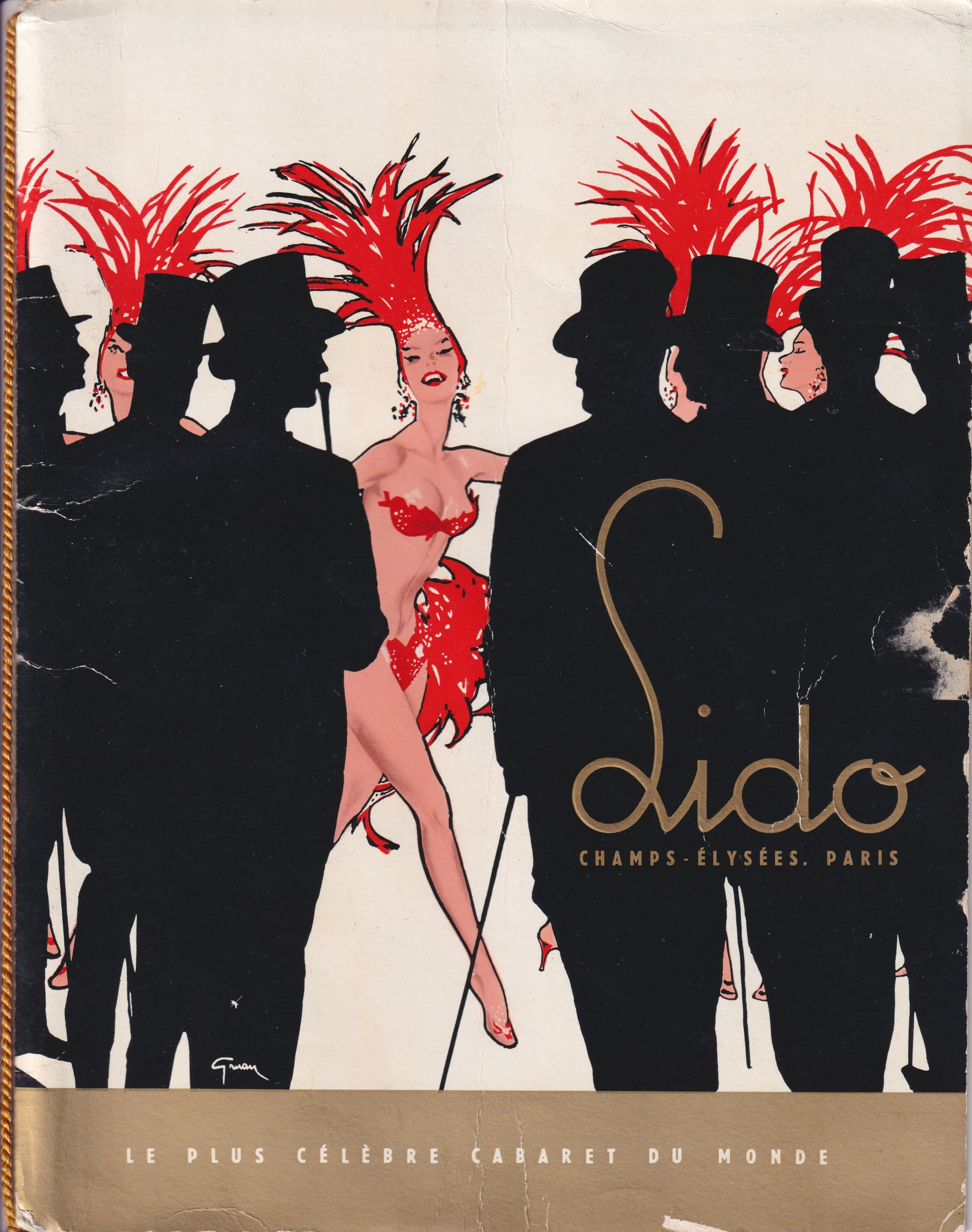
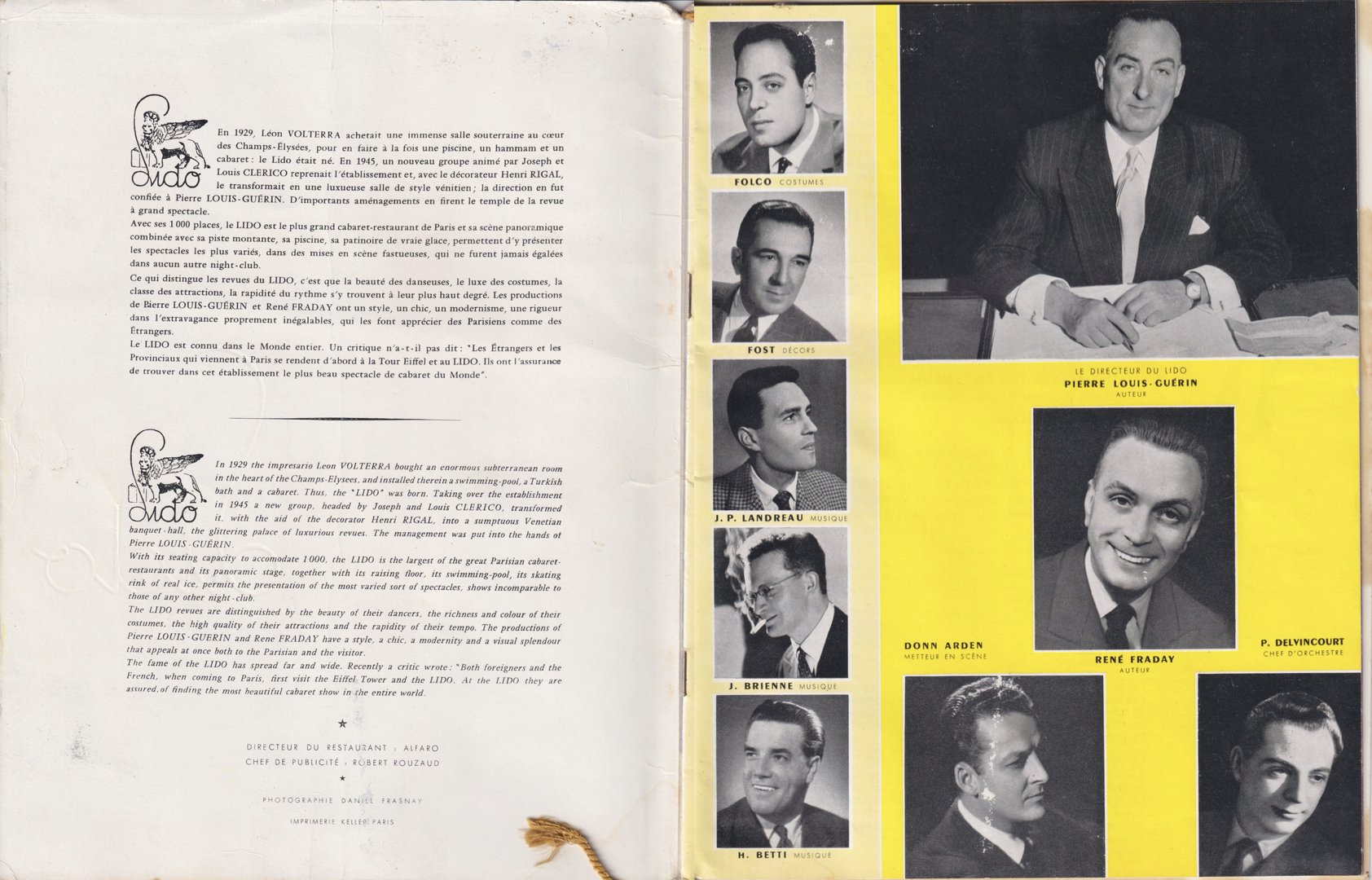
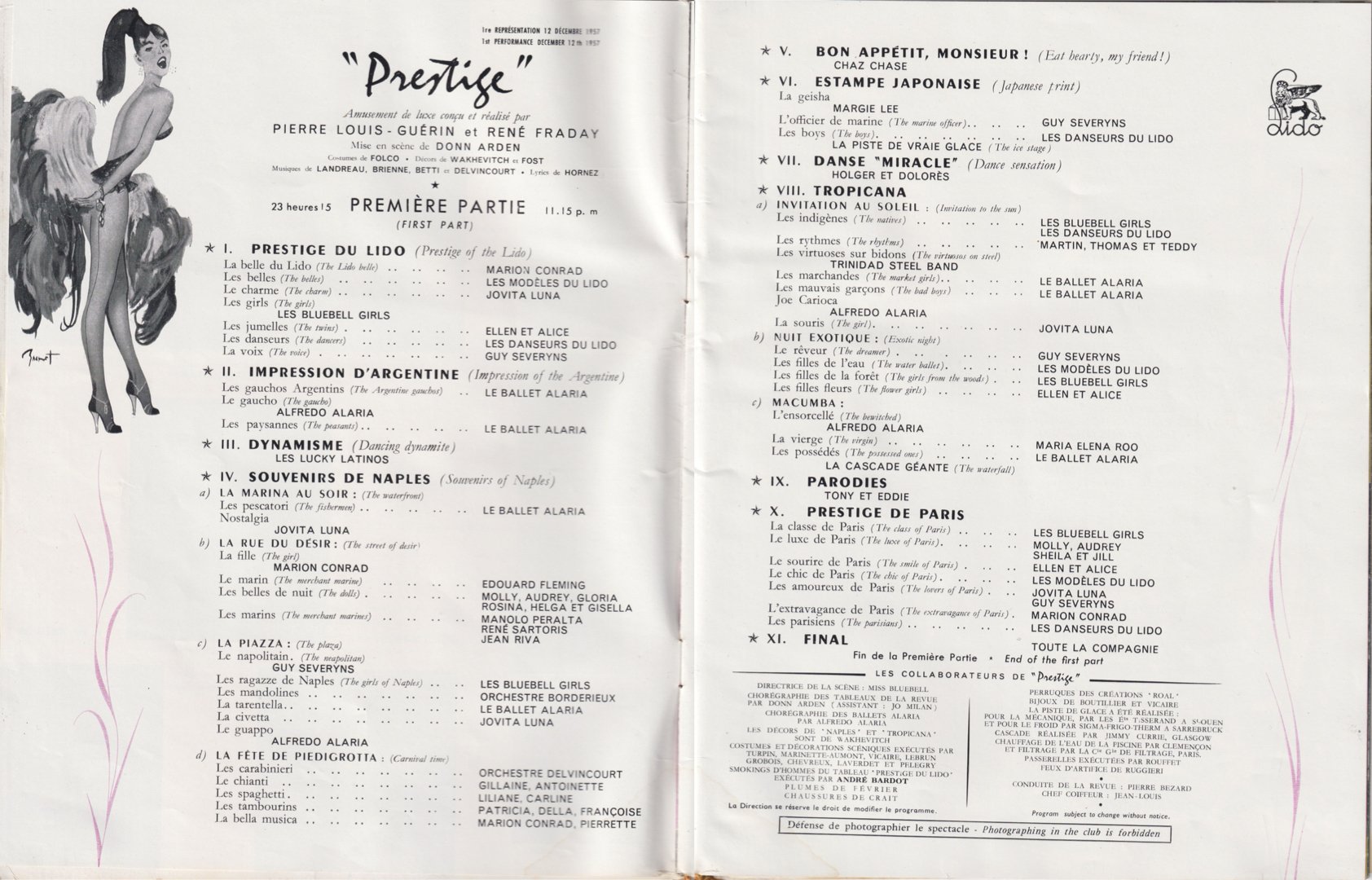
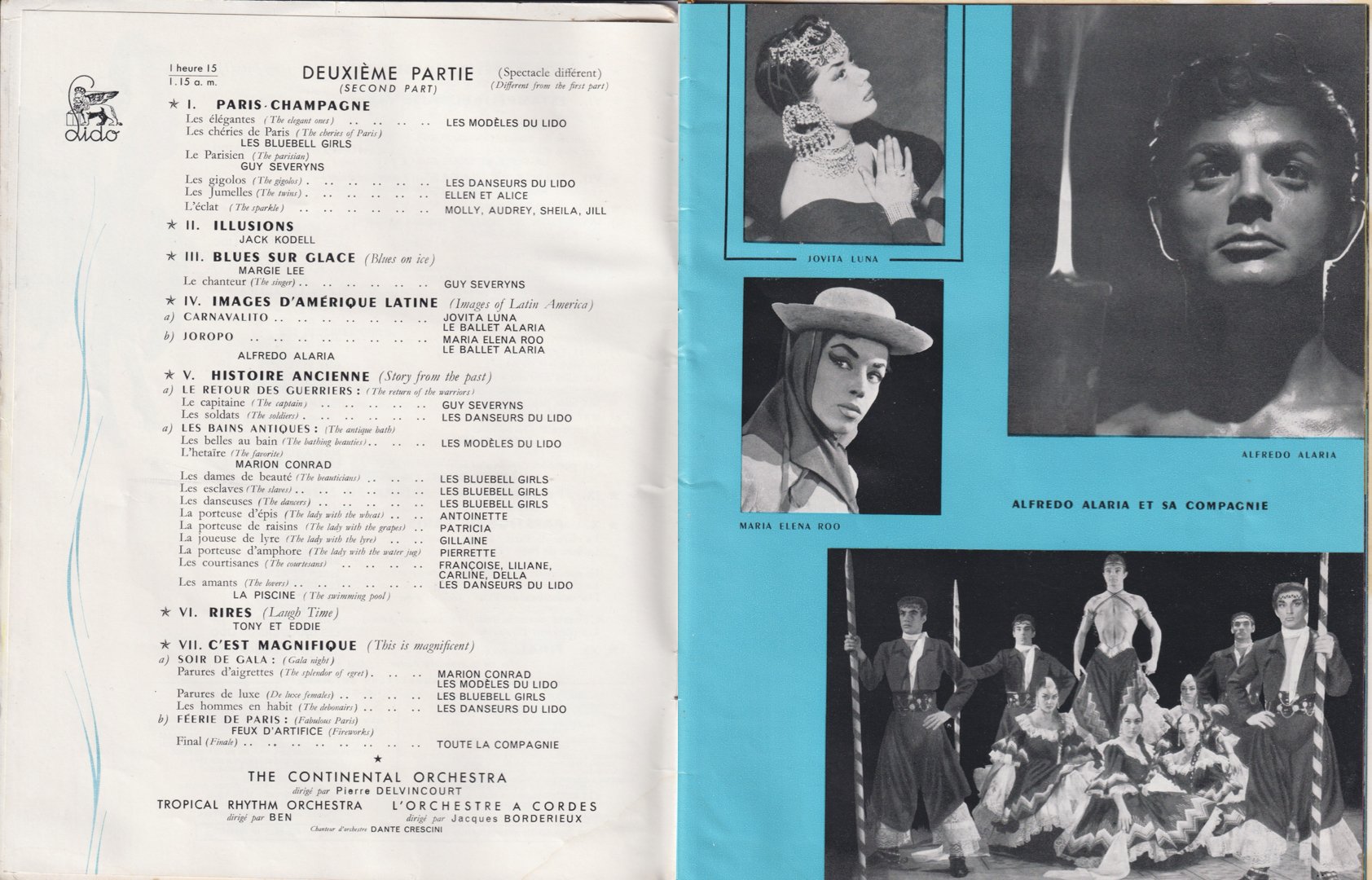
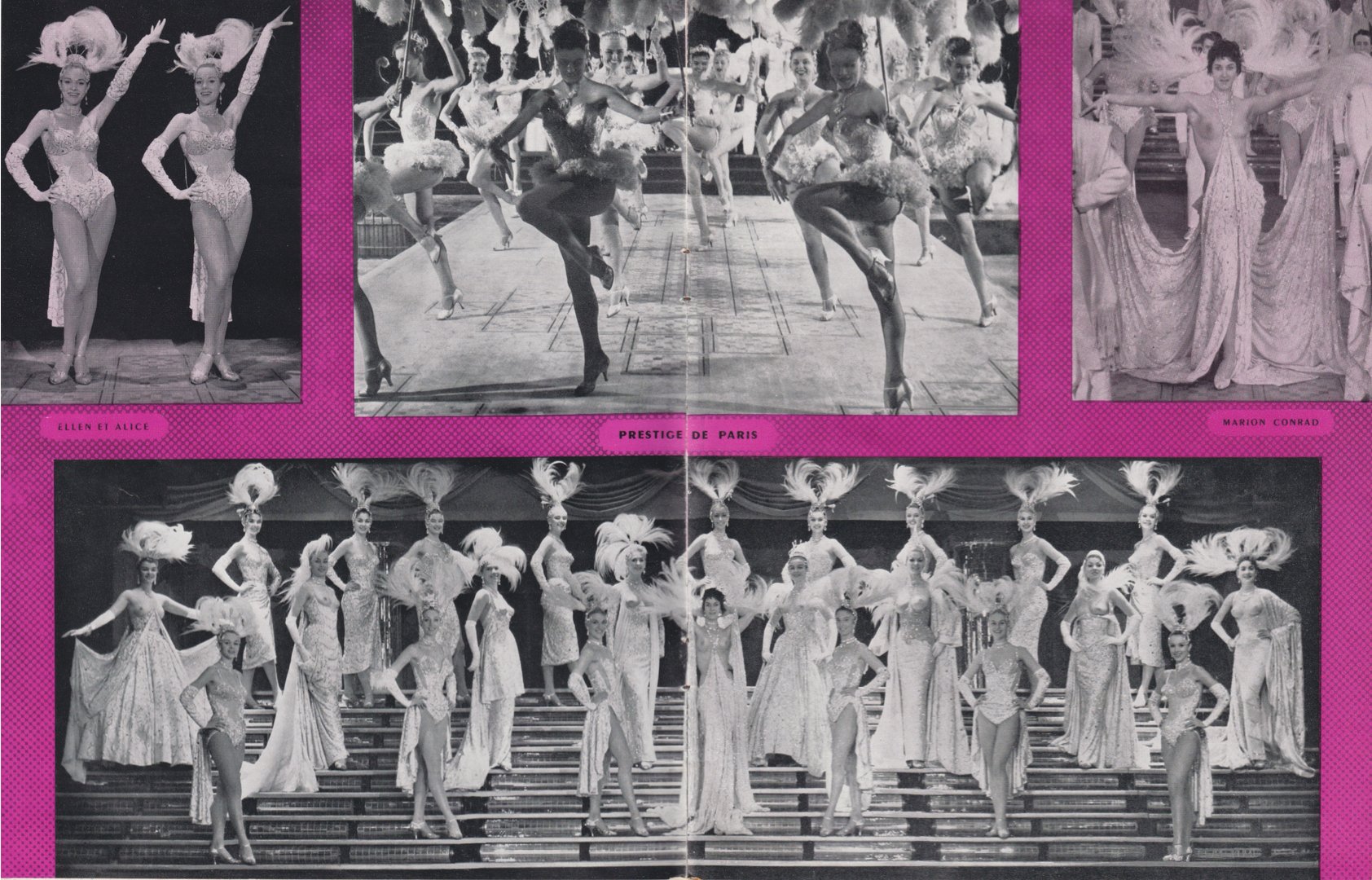
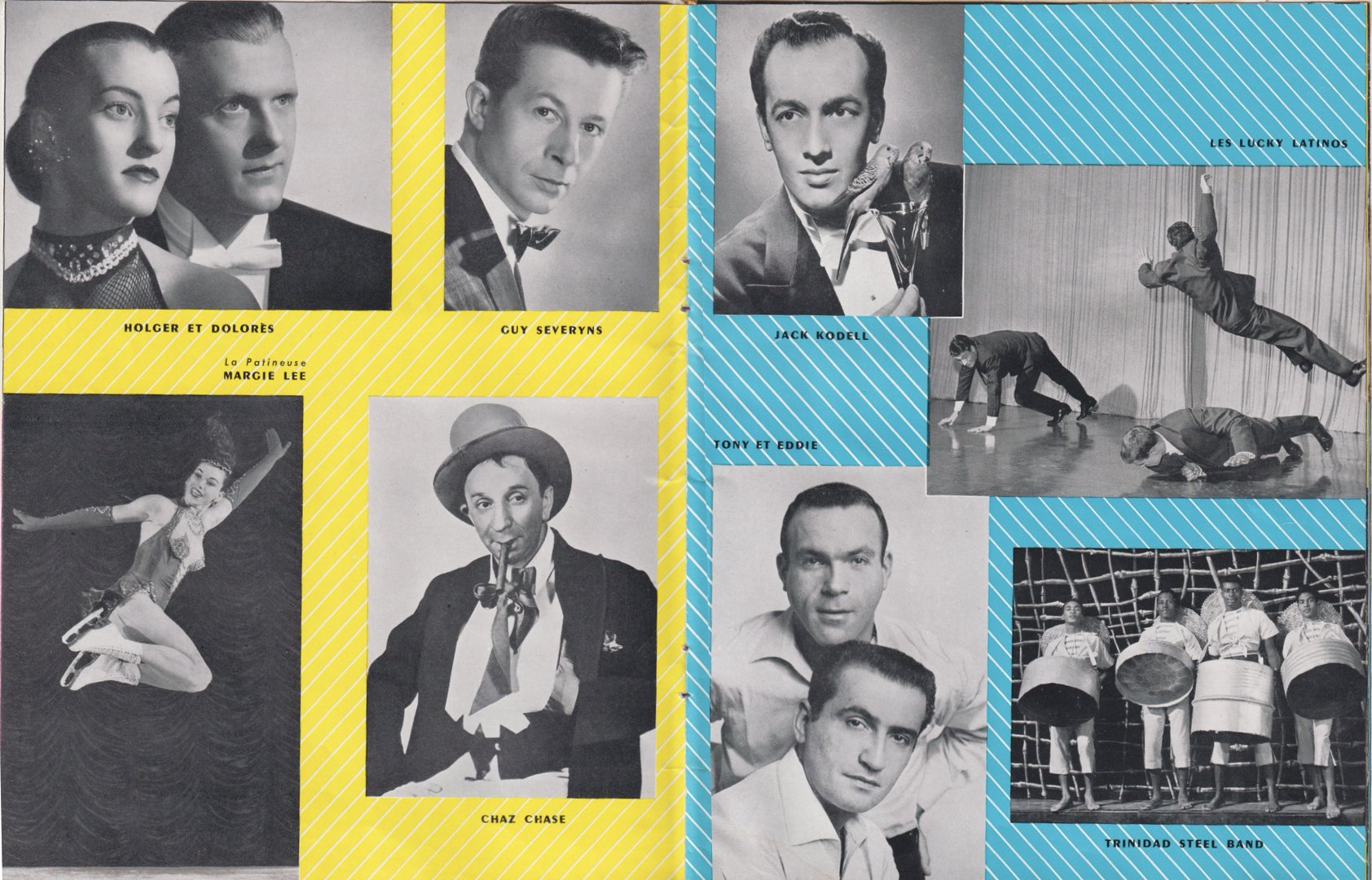
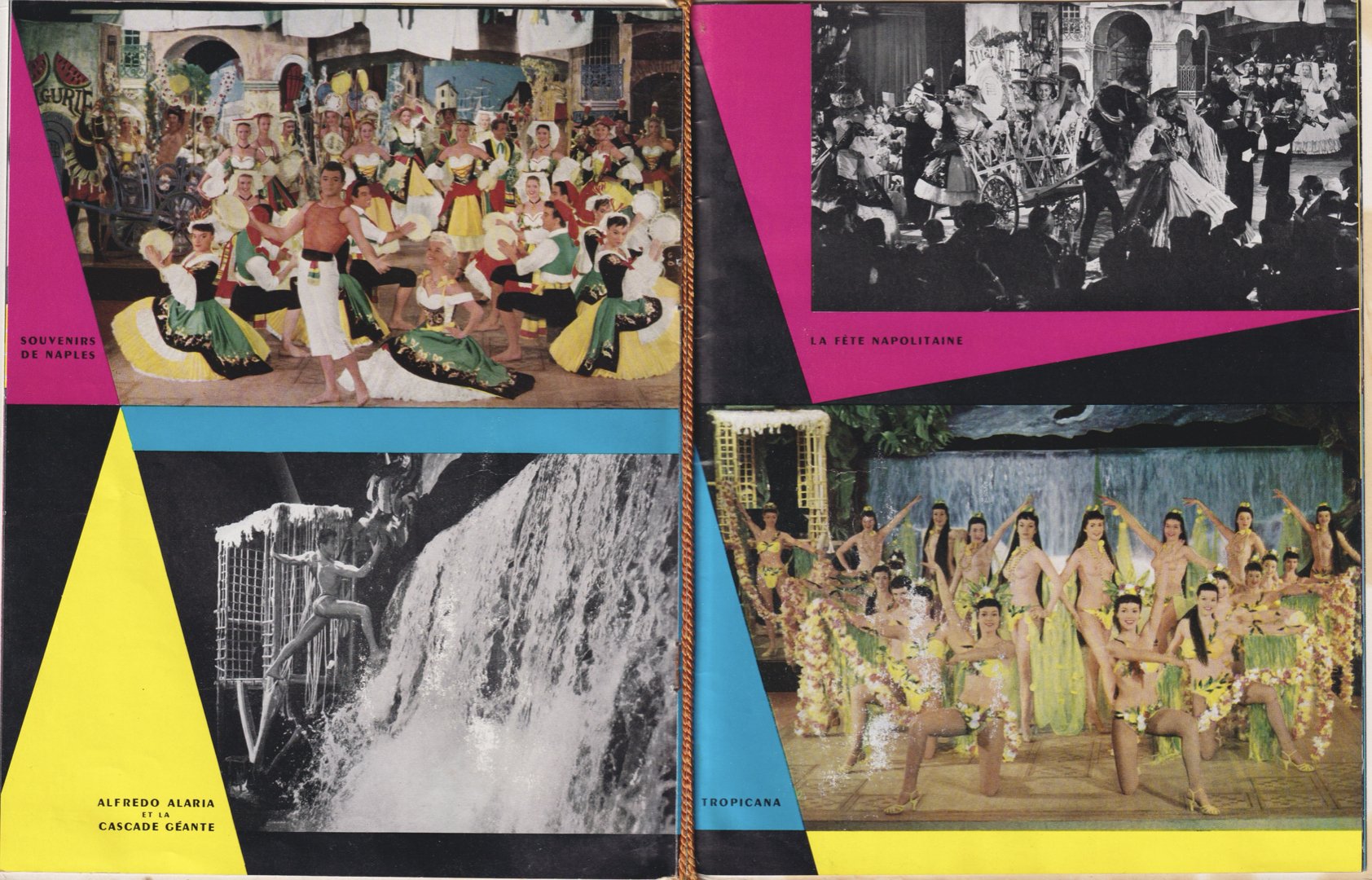
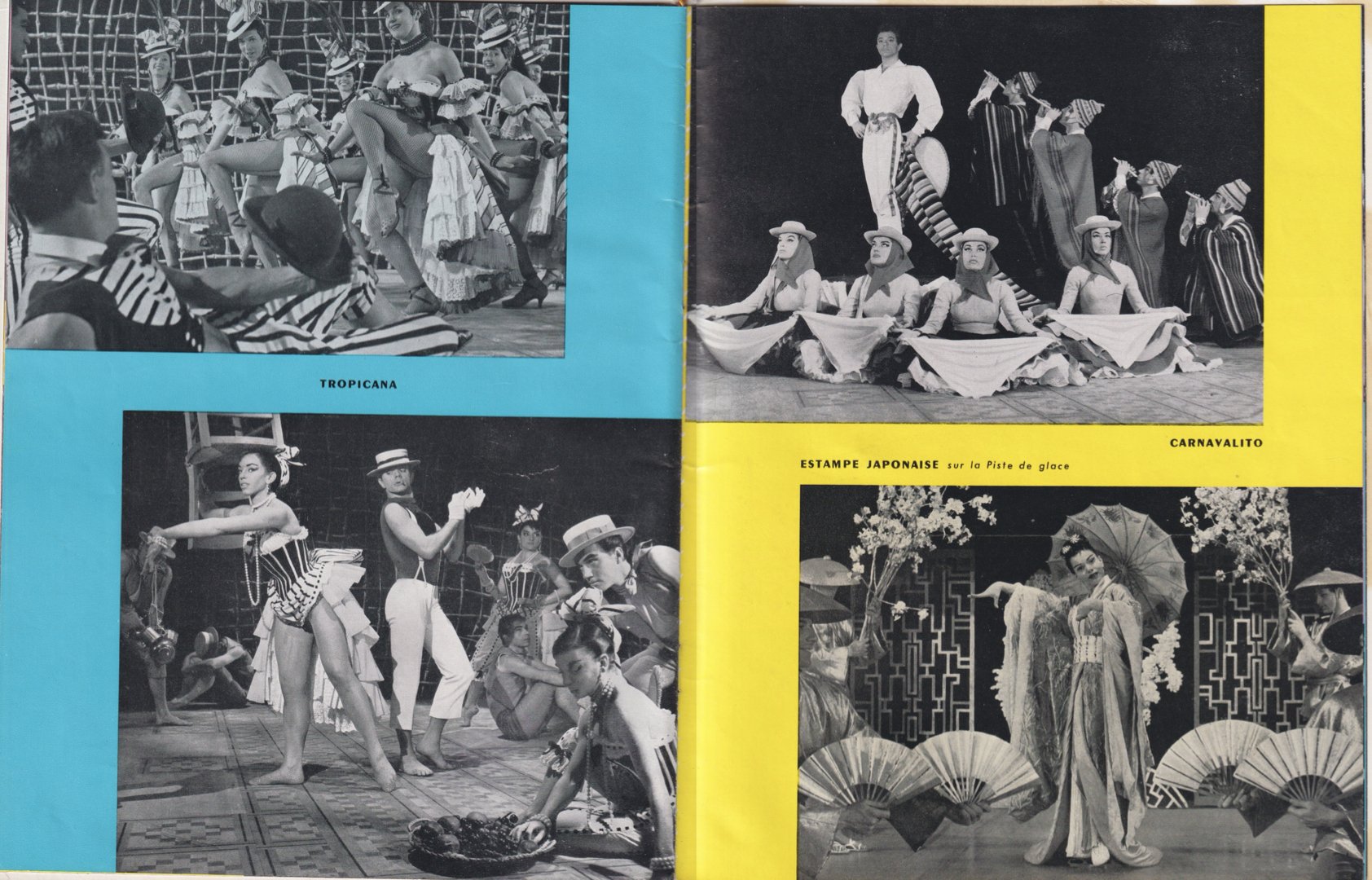
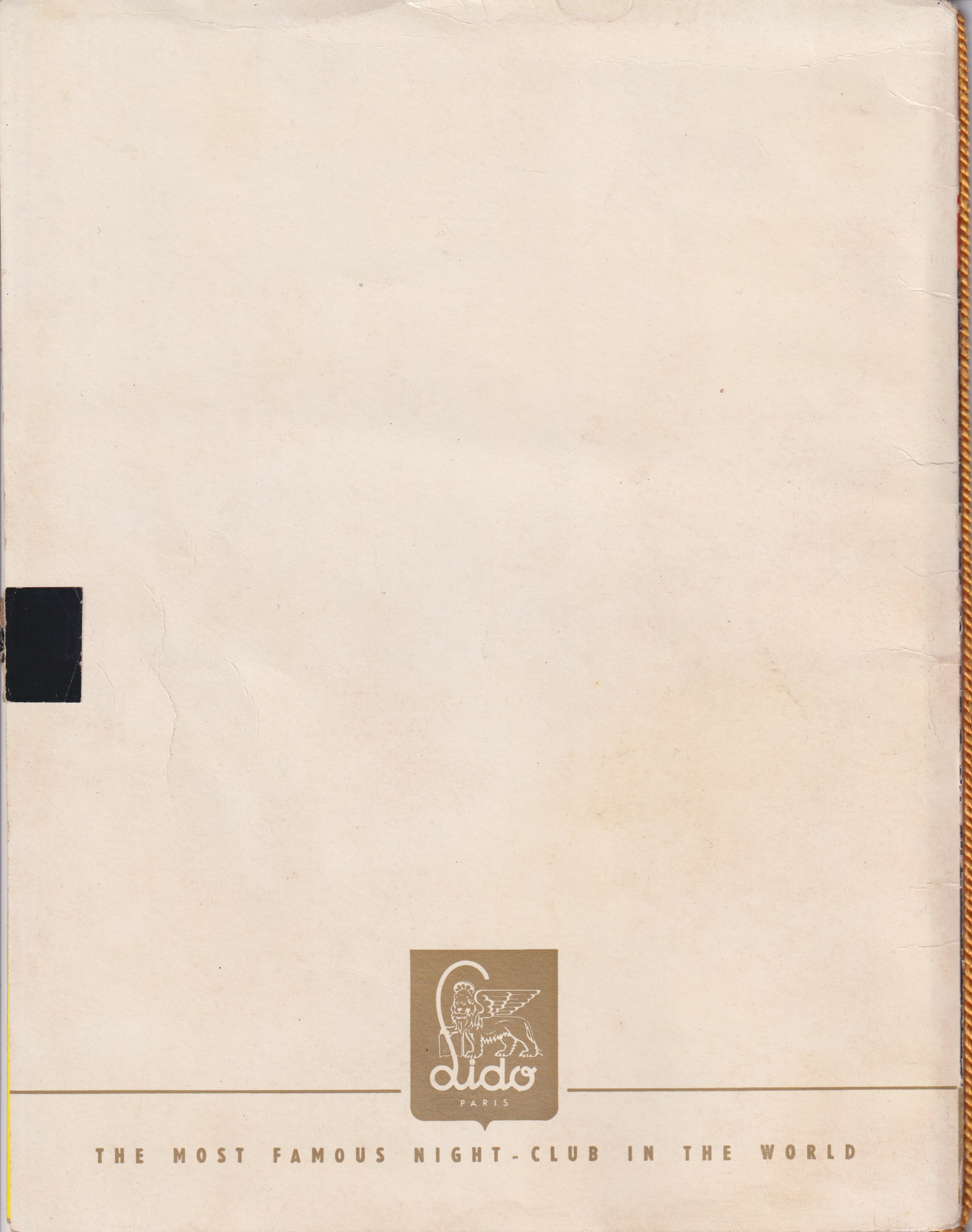
Ca C’est L’Amour at the Stardust, Las Vegas, 1959


Donn Arden and Madame Bluebell
American dancer and choreographer Donn Arden staged and directed the Lido productions in Paris and Las Vegas.
Arden worked in Paris with French producers Pierre-Louis Guérin and René Fraday, and Margaret Kelly, known as Madame Bluebell, who managed the troupe of Bluebell Girls. In Las Vegas, Arden and Kelly worked with producer Frank Sennes.
The Showgirls collection at the University of Nevada, Las Vegas, Libraries, documents the scope of Arden’s career as a dancer, choreographer and director.






